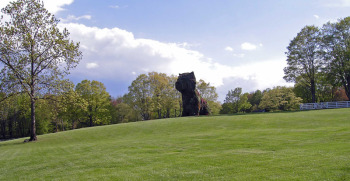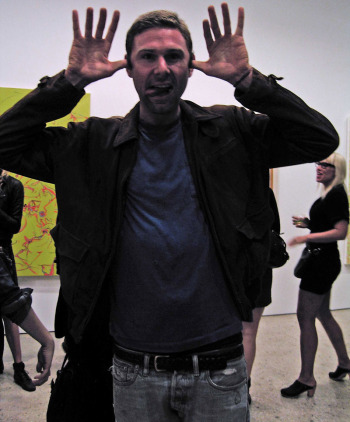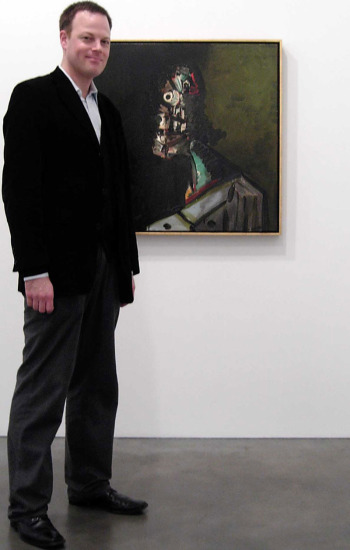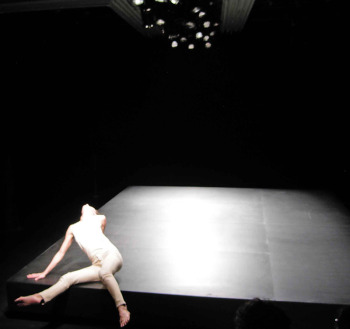Thus Spake Otto Dix
 Tuesday, June 1, 2010 at 1:42PM
Tuesday, June 1, 2010 at 1:42PM 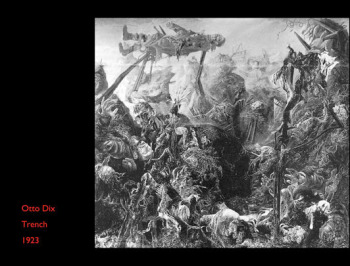 ‘This is the way the fucking world ends! Look at this fucking shit we're in man! Not with a bang, but with a whimper. And with a whimper, I'm fucking splitting…’ the Photojournalist portrayed by Dennis Hopper in Francis Ford Coppola’s 1979 war film epic Apocalypse Now.
‘This is the way the fucking world ends! Look at this fucking shit we're in man! Not with a bang, but with a whimper. And with a whimper, I'm fucking splitting…’ the Photojournalist portrayed by Dennis Hopper in Francis Ford Coppola’s 1979 war film epic Apocalypse Now.
Like so many hardcore lines uttered in Francis Ford Coppola’s legendary Vietnam War film Apocalypse Now (translated in over 30 languages), the purely visual terms of war paintings by Otto Dix (1891-1969), namely his lost epic painting Schützengraben ‘Trench,’ cast forth in honest detail ‘the horror’ from the front line of war where Dix, a youthful budding artist, went in search of meaning. No artist is as strongly linked to the historical events of twentieth-century World War I Germany as Dix. Driven out of his position by the Nazis, he was able to live and paint long enough to see his work hailed again for its unique power. http://www.neuegalerie.org/exhibitions/otto-dix
In his 125-page biography Otto Dix, The Art of Life, the German art historian Philipp Gutbrod concisely examines the artist through the lens of this long lost masterpiece Schützengraben ‘Trench,’ and in so doing provides the reader vast insights into Dix’s creative impulse. Beginning with his childhood and youth in Thuringia, on to art school in Dresden and, soon after in 1915 at the French front in the Champagne region fighting as a machine gunner, Gutbrod eloquently recounts the artist’s fearless creative path. He writes that in1963, while reflecting on World War I, Dix explained his lengthy participation in the war: ‘I had to see it for myself. I am a realist to such a degree that I had to see it with my own eyes to be able to confirm that it is how it is.’
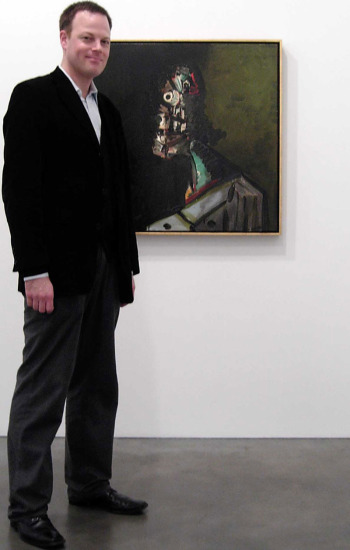 Philipp Gutbrod at the Andrea Rosen Gallery, Chelsea, NYC, May 12, 2010, with work by George Condo.
Philipp Gutbrod at the Andrea Rosen Gallery, Chelsea, NYC, May 12, 2010, with work by George Condo.
Otto Dix, The Art of Life by Philipp Gutbrod published by Hatje Cantz Verlag is available on May 31, 2010 online at http://www.artbook.com/9783775725811.html
and at the Neue Galerie bookstore http://www.neuegalerie.org/shops/Book%20Store
 Email Article
Email Article 
